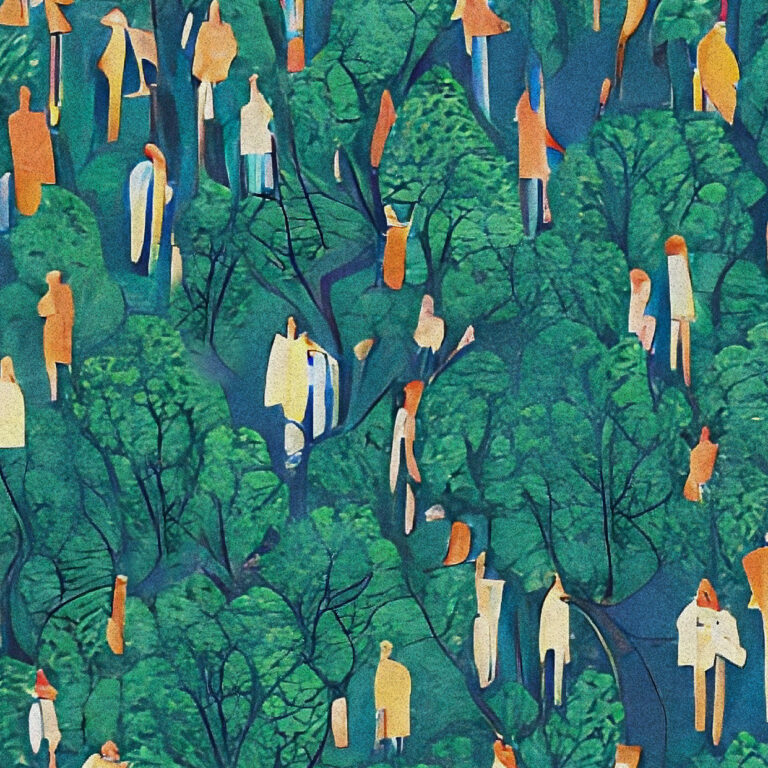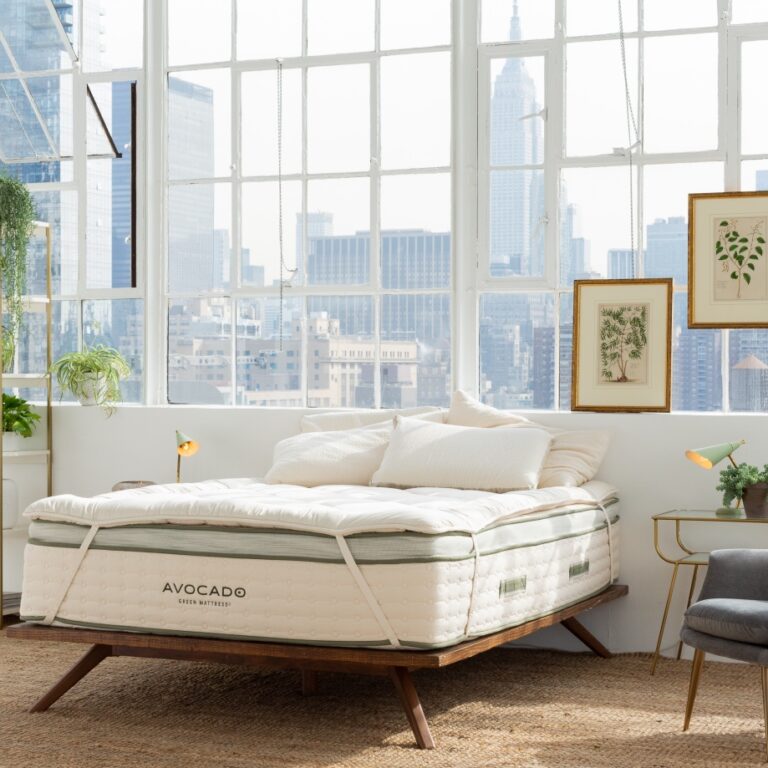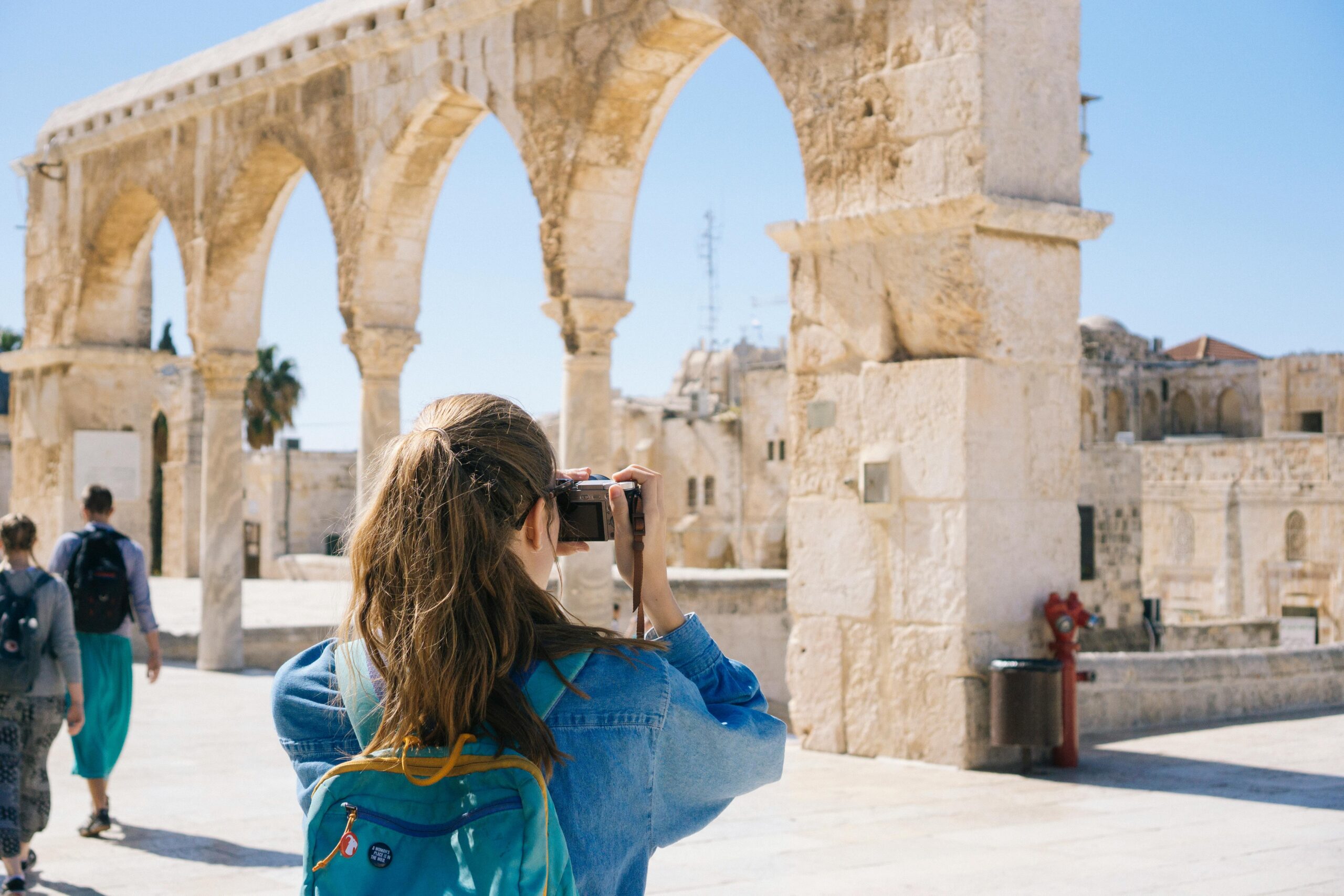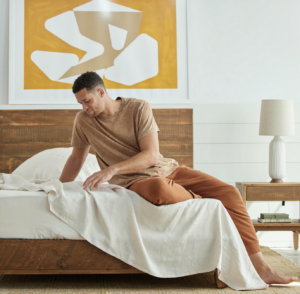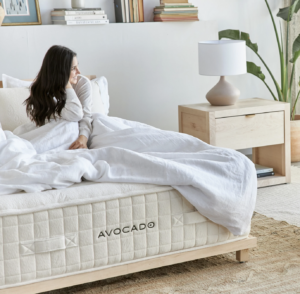Once upon a time the sign of a solid getaway might have been needing a vacation after your vacation. Itineraries were packed to the brim with activities, leaving you feeling anything but well-rested. But because our collective lack of quality sleep has caught up with us—70 percent of US adults have difficulty staying asleep—taking PTO these days is looking more like pursuing restorative Zzzs and less like seeking the thrill of adventure. The shift has made way for what’s been dubbed sleep tourism, a travel trend centered around fulfilling a good night’s sleep and overall well-being. “Instead of partying all night or rushing through city tours, sleep tourists seek destinations, resorts, or experiences that optimize rest,” says Andrew Colsky, JD, LPC, LMHC, a behavioral sleep expert and host of the radio show Sleep Science Today. “The goal? Returning home feeling deeply rejuvenated.”
Why Is Sleep Tourism on the Rise?
Not only are we sleep deprived as a country, but we’re also overstimulated and stressed-out. And it’s a vicious cycle of less sleep causing stress and stress causing less sleep. “Roughly 36 percent of Americans suffer from insufficient sleep due to stress,” Colsky says. “People are beginning to wake up to the importance of sleep. They are looking for opportunities to step away from stress, burnout, and work to improve their sleep. More travelers are seeking a ‘sleep vacation’ with the primary purpose of resting and recharging.”
Certified sleep science coach at Sleepopolis Riley Otis points out that a lot of people feel like they’ve forgotten how to rest. “Sleep tourism offers an escape with structure as it gives them permission to prioritize rest and introduces routines or tools they can bring home.”
The hospitality industry has taken note, with hotels and spas—not to mention leading chains Hilton and Marriott—fully embracing and capitalizing on the concept. And any inkling that sleep tourism is just a fad has been put to rest—the numbers say it all: “Sleep tourism is a fast-growing niche valued at $75.7 billion in 2024, and it’s projected to reach $142 billion by 2032,” Colsky states.
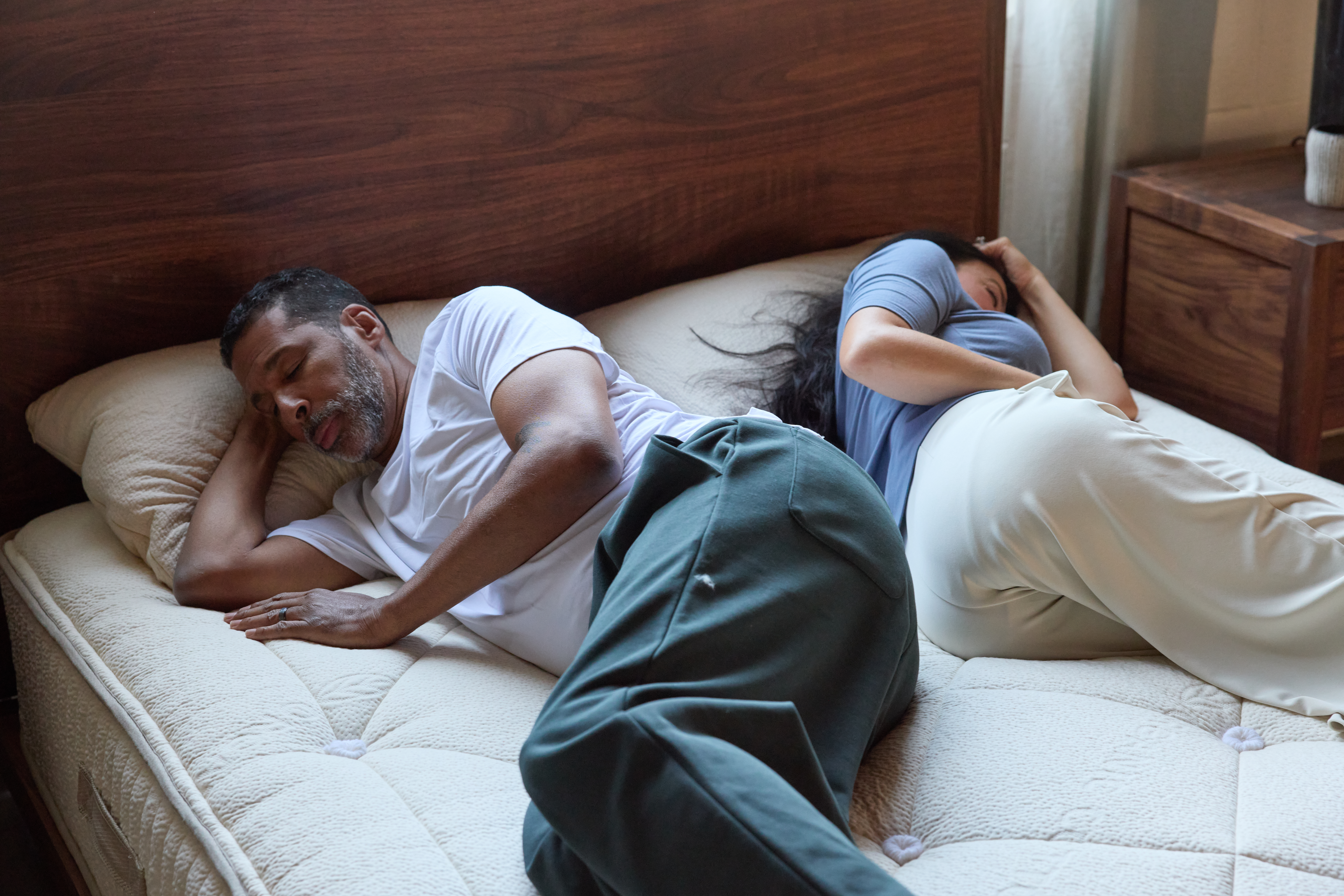
Read more: 2025 Sleep Trends: Experts Reveal Which Actually Work
What Can You Expect at Sleep Tourism Destinations?
Whether it’s pillow menus, sleep assessments with an in-house sleep medicine specialist, or week-long sleep retreats equipped with therapeutic interventions and tailored programs, the types of sleep-enhancement amenities and services that hotels are incorporating to draw in more slow travel patrons run the gamut from simple to elaborate.
The Proper Hotel in Santa Monica, California is banking on the idea that the ultimate night’s sleep starts with the basics—a conducive environment. It features “Restorative Wellness Rooms,” outfitted with a complete sleep system, combining design, science, and sensory balance: an Eight Sleep Smart Mattress with individualized climate controls, Loftie Alarm Clock with sunrise simulation and guided sleep sounds, Slip Silk Sleep Mask, Italian linens and hypoallergenic pillows, automatic blackout curtains, and to round it out, complimentary access to their Proper Club Lounge that includes dry saunas, an infrared sauna, cold plunges, and a fitness studio.
At Jackson, Wyoming’s The Rusty Parrot Lodge & Spa, their Body Sage Spa offers the “Restful Reset” massage, designed to activate the parasympathetic system (aka the “rest-and-digest” state) for a heightened sense of relaxation and to induce deep, restorative sleep, as well as the “Dream Weaver” package, which involves a series of renewing treatments with rituals like meditation and exfoliation to build a sense of pure calm.
If interaction is more your cup of tea, the Miraval Berkshires in Lenox, Massachusetts takes an expert-led approach with their “The Way to Superior Sleep” sleep clinic and workshop that shares strategies for better rest, including breathing techniques that minimize stress, and their “Meditation for Superior Sleep” experiential class that breaks down how the practice can support a higher quality sleep cycle.
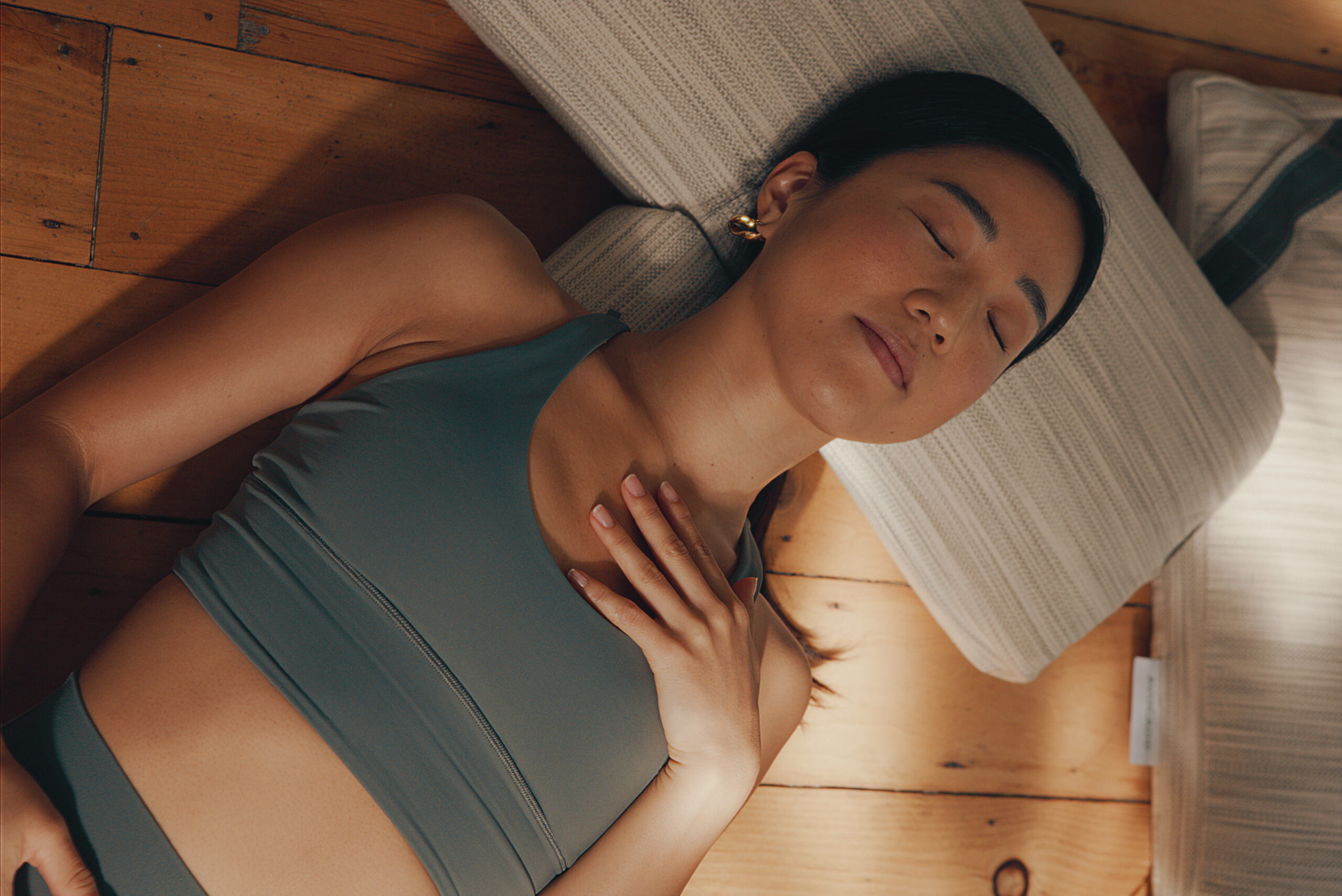
Read More: Unwind with These Bedtime Yoga Stretches for Better Sleep
For a fully-immersive, holistic interpretation of sleep tourism, Canyon Ranch (in California, Arizona, and Massachusetts) teams up with behavioral sleep medicine expert and clinical psychologist Dr. Michael Grandner to welcome weary travelers to their “Mastering Sleep” retreat. Participants attend presentations on the latest research on sleep, practice Yoga Nidra (aka yogic sleep), and engage in one-on-one consultations with their slate of wellness experts who provide a personalized plan of sleep testing, coaching, and other services.
Then there’s the Hyatt Regency Grand Reserve Puerto Rico with its new “Sip and Sway Hammock Garden” that invites guests to kick up their feet and knock back some fresh, antioxidant-rich, and cell damage-fighting coconuts while they rock in an ocean-side hammock (the simple movement has been scientifically proven to improve sleep and insomnia and reduce stress).
As for where sleep tourism is heading, we may eventually see melatonin-timed saunas or infrared therapies, gut microbiome meals to aid sleep-wake cycles, red light therapy, grounding practices, and vagus nerve stimulation, Colsky says. The future of the art of sleeping soundly could also lean into more high-tech elements, like guests uploading their sleep data (whether via Oura Ring, Fitbit, Whoop, or Apple Health) ahead of check-in for a curated stay (think: circadian lighting that syncs with your biological clock). Using the gamification of sleep just might shed light on individualized tools, practices, or conditions that work best for clocking in uninterrupted slumber—after all, sleep isn’t one-size-fits-all. “We’ll probably see more programs focused on behavior change, so people leave not just rested, but with a better routine they can keep up at home,” Otis adds.
What Are Ways to Create a Sleep Tourism Experience at Home?
Ticking all the boxes for better sleep when you’re away from everyday stressors is one thing, but what happens when you’re back home or you can’t escape to a sleep-inducing haven? Ahead, Colsky lays out science-backed strategies to DIY your own sleep staycation.
Take a survey of your bedroom
- Remove anything that can lead to anxiety and distract you from the main goal of sleep
- Consider upgrading your sheets (aim for natural fibers, like cotton and linen), mattress (especially if it’s more than 10 years old), and pillows (make sure they allow your head and neck to align with your body)
- Put up blackout curtains and use light bulbs that emit warm, yellow light (2,000 – 4,000 kelvin)
- Keep it cool (at about 67 degrees) when you sleep
- Eliminate any type of unnecessary noise by installing area rugs, sound deadening panels, or utilizing a white noise machine or earplugs
- Explore essential oil pillow mists and other aromatherapy options
Prep your body
- Get moderate exercise during the day (just refrain from anything high-intensity 1-2 hours before bed)
- Limit caffeine to the morning and cut down on alcohol. Instead, opt for caffeine-free herbal teas.
- Develop a one-hour wind-down routine before bed where you dim the lights, turn off screens, and immerse yourself in soothing activities (e.g., taking a warm bath or shower, meditating, practicing guided breathwork, doing a yoga flow, reading)
The point isn’t to do it all at once, but rather discover what speaks to you the most—be it blackout shades, more breathable sheets, or lavender essential oil—and be intentional about your sleep habits. Otis suggests starting by clearing your schedule for a night or weekend dedicated to just that. “Even a single night of focused rest can make a difference,” Otis encourages.
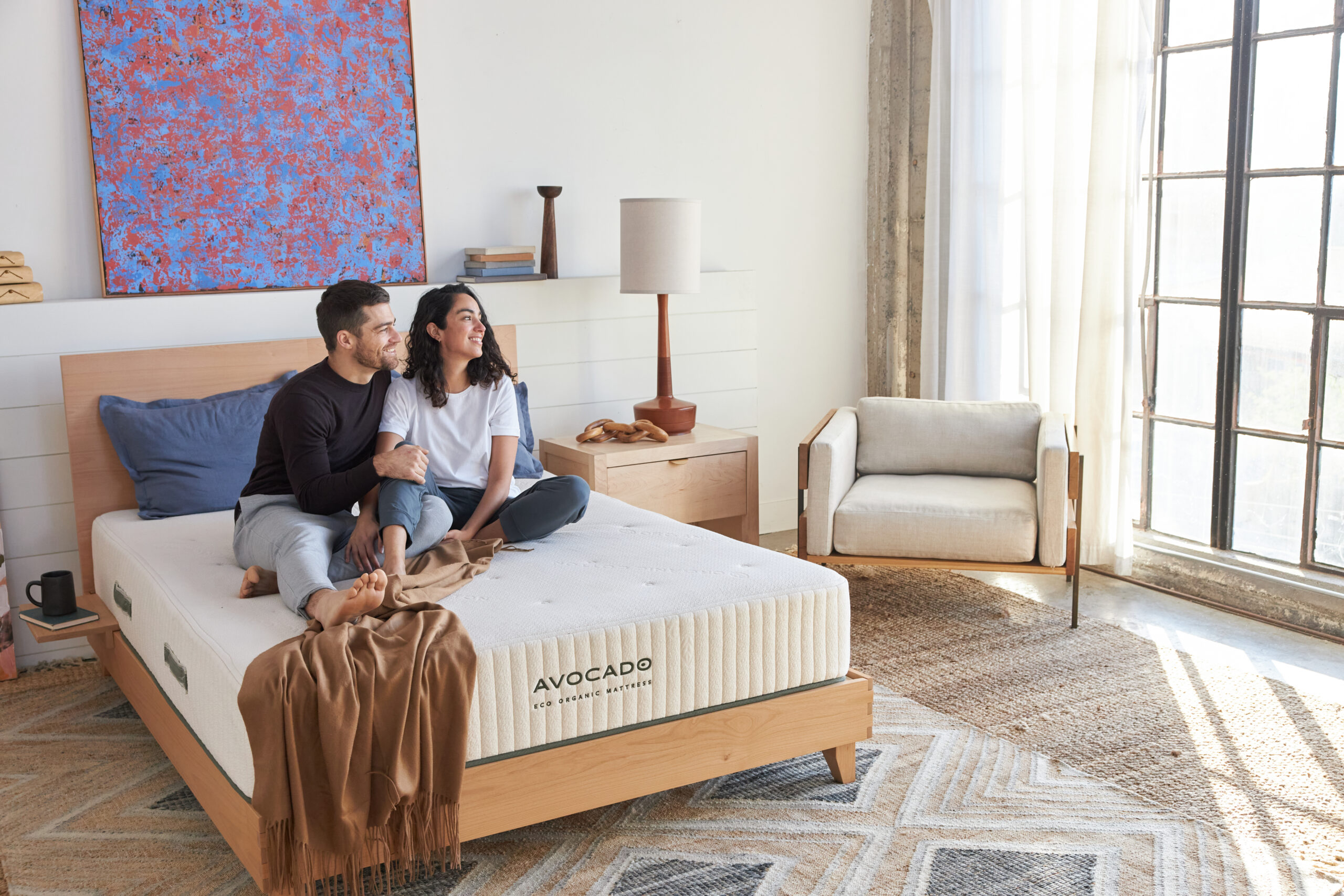
Read more: How to Relieve Shoulder Pain as a Side Sleeper
Have feedback on our story? Email [email protected] to let us know what you think!
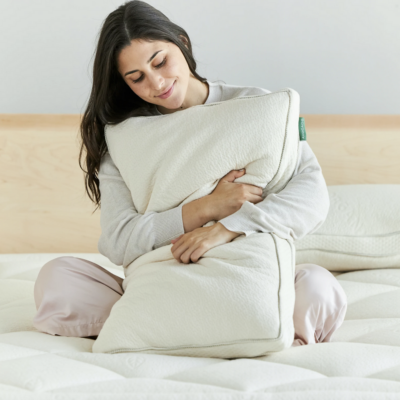
Shop Pillows
The Essential Organic Pillow Collection
Gentle, breathable, non-toxic support.

